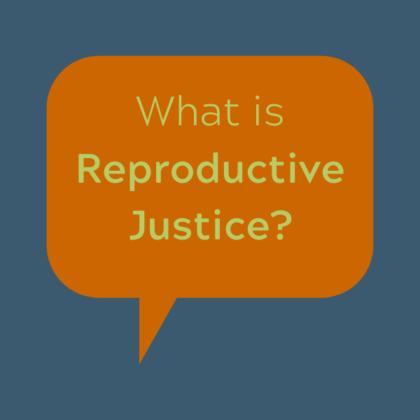Exploring Reproductive Justice
 As part of RHAP’s ongoing commitment to anti-racism, we wanted to share with you ways to learn with us about the history of injustice in reproductive health and how reproductive justice has become a vital part of reproductive equity.
As part of RHAP’s ongoing commitment to anti-racism, we wanted to share with you ways to learn with us about the history of injustice in reproductive health and how reproductive justice has become a vital part of reproductive equity.
The term reproductive justice was developed by Black women in 1994, addressing the need for a movement that uplifted the reproductive health needs of marginalized women, such as women who identify as BIPOC or as LGBTQ+. Sistersong defines reproductive justice as “the human right to maintain personal bodily autonomy, have children, not have children, and parent the children we have in safe and sustainable communities.” RHAP is committed to rooting our values in action, and one part of that is incorporating the reproductive justice framework into our own work. This month, we want to highlight some resources that serve as an introduction to reproductive justice (RJ).
A primer on reproductive justice and social change
A timeline of the development of reproductive justice (in English and Spanish)
A guide to identifying issues in your community through an RJ lens
Loretta Ross, one of the founding mothers of RJ, discusses the Black feminist roots of RJ
Naa Hammond explains the intersectionality that grounds reproductive justice
This article was written by our summer intern, Vishu Chandrasekhar. Vishu is supported by the Civil Liberties and Public Policy Program.
